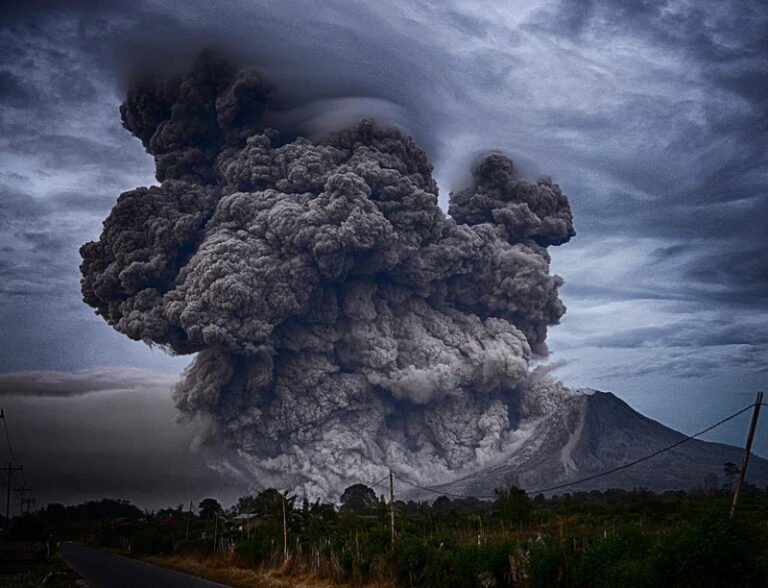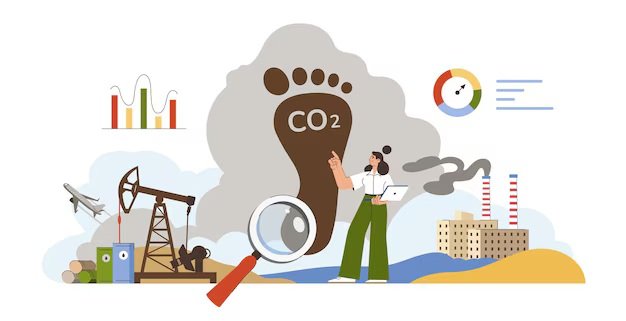10 Negative Effects of Deforestation on the Environment: A Comprehensive Guide
Our civilisation has thrived in the last one hundred years to the detriment of the natural environment. Forests were once home to early humans, but today, only a few isolated tribes live in these natural spaces. Forests are the only natural habitat for many wildlife species. However, human activities continue to destroy these habitats, ex
posing endangered species to predators. We have lost millions of acres to deforestation and wildfires in recent years.
According to the United Nations’ Sustainability Development Goals, about one-fifth of the earth’s land area is degraded—an area almost the size of the subcontinent India and Russia combined. Between 2015 and 2019, an estimated 100 million hectares of land were degraded each year due to deforestation. This contributes to climate change, which triggers extreme weather events.
Deforestation is bad for our planet as habitat loss severely affects wildlife. In this article, we will discuss the effects of deforestation on the environment, present actionable solutions, and successful initiatives fighting the mass destruction of trees in natural forests.
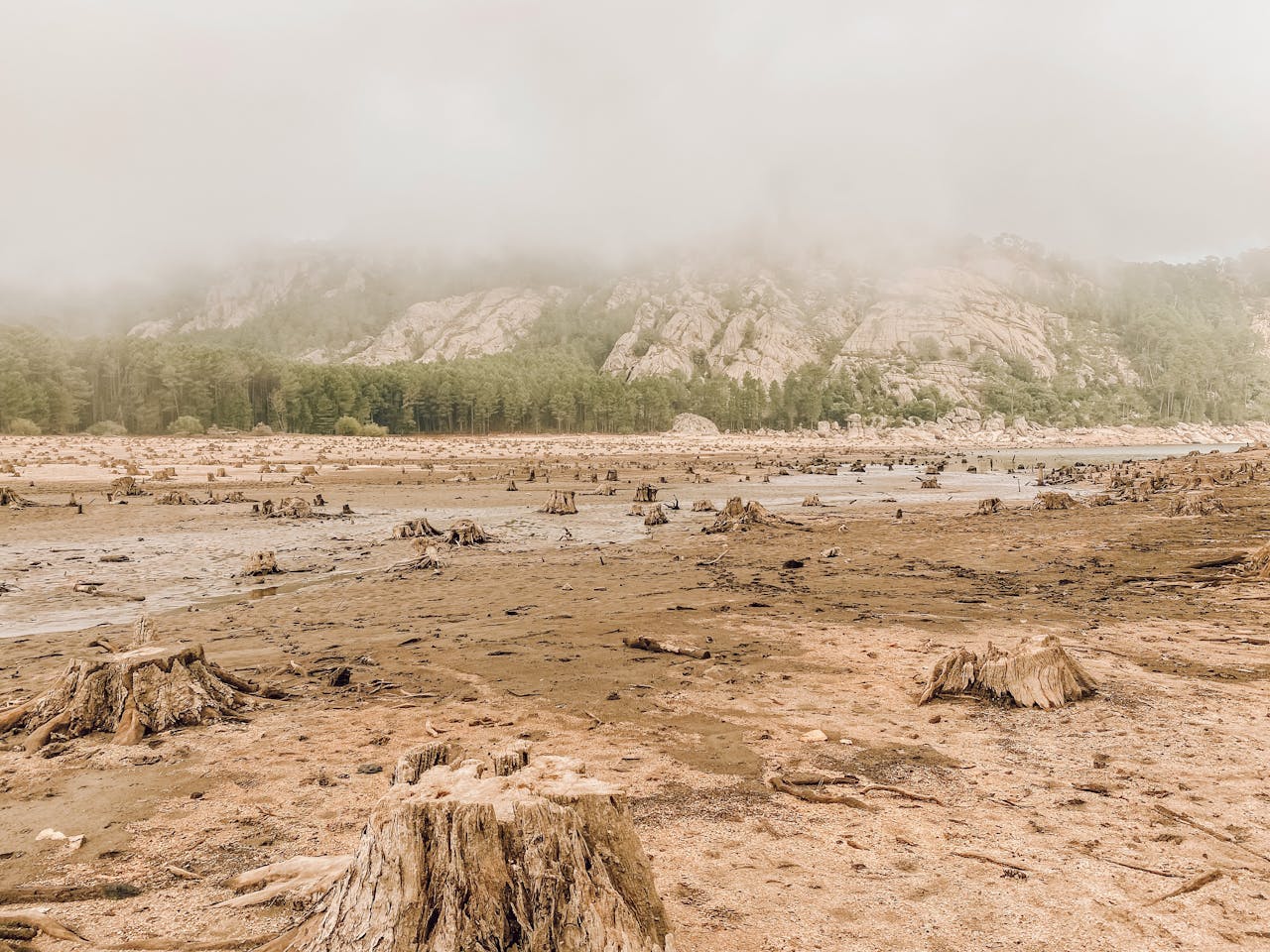
In This Article
- What is Deforestation?
- Why Should We Care About Deforestation?
- The Negative Effects of Deforestation on the Environment
- Conclusion: Moving Forward with Hope and Action
What is Deforestation?
Deforestation describes the large-scale removal or destruction of trees. The mass destruction of trees in a specific area often occurs as a result of infrastructural development, rapid urbanisation, and the search for fertile land for agricultural purposes.
According to the U.S. Environmental Protection Agency (EPA), deforestation involves clear-cutting trees and plants to provide land for agriculture, roads, building or infrastructure construction. Agriculture expansion remains a major contributor to deforestation, accounting for almost 90% globally. Deforestation is severely damaging to the environment—it contributes to climate change, loss of natural habitats, and biodiversity, leads to flooding, soil erosion, and displaces indigenous communities.
Why Should We Care About Deforestation?
We all should be concerned about the effects of deforestation. About 31% of our planet is covered in forests, which are also home to over 80% of all terrestrial species of wildlife, insects, and plants. A recent study showed that biodiversity is declining faster than at any other time in human history. Wildlife species are on the verge of extinction due to land degradation.
Our natural forests play a crucial role in regulating the Earth’s climate—they serve as a carbon sink, absorbing carbon dioxide to mitigate climate change. Deforestation contributes to a warmer planet and increases the severity of natural disasters. It’s happening at an alarming rate, and the time to act is now.
Learn More: 20 Best Eco-Friendly Activities to Help Your Environment
The Negative Effects of Deforestation on the Environment
Deforestation impacts the natural environment, human health, and wildlife that rely on natural forests for food and shelter. The effects are countless, but let’s explore some of them.
#1. Climate Change
Natural forests spanning millions of hectares absorb carbon dioxide from the atmosphere and release oxygen. Trees are air purifiers that improve air quality while balancing carbon dioxide levels in our surroundings. However, when trees are cut down, the carbon they store is released back into the atmosphere, which directly contributes to global warming.
According to reports, deforestation accounts for about 10% of global greenhouse gas emissions. The destruction of trees weakens the earth’s capacity to absorb carbon, which in turn accelerates climate change. This leads to extreme weather events like long-lasting droughts, heat waves, and hurricanes.
Actionable Solution for Climate Change
- Reforestation and Afforestation: Reforestation is a recovery process that involves replanting trees in a forest, while afforestation is the process of creating a new forest where none existed before. These two processes can be effective in mitigating climate change by increasing carbon sequestration.
- Sustainable Forestry Practices: Implementing eco-friendly forestry practices like agroforestry and selective logging can minimise the environmental impact of deforestation, while still allowing the economic use of the natural forest.

#2. Loss of Natural Habitats
While we have evolved over millennials, for certain wildlife species, the forest remains their only natural habitat. Many wildlife species have gone extinct in the last one hundred years due to deforestation. Others are endangered today as we continue to encroach on wildlife territory.
The loss of natural habitats in forests also disrupts ecological balance, which leads to the overpopulation of certain species and a rapid reduction in others. If conservation efforts are not prioritised, this imbalance can have severe effects on the entire ecosystem.

Case Study: The Amazon Rainforest
Often referred to as the “lungs of the Earth”, the Amazon rainforest is one of the most biodiverse regions on our planet. However, due to commercial logging and the search for fertile land for agriculture, vast areas of the rainforest, including large swathes, have been destroyed. Brazil’s Forest Code is part of the conservation efforts to protect the Amazon rainforest. However, challenges remain in balancing economic development with environmental conservation.
#3. Wildlife Extinction
According to a study, about 50% of our planet’s terrestrial life forms inhabit rainforests. The United Nations Food and Agriculture Organisation (FAO) estimates that forests provide about 80% of the habitats for amphibious species, 75% for birds, and 68% for mammals.
Deforestation threatens the survival of these species in the wild. Due to the destruction of their natural territory, these species face increased competition for limited resources, which can lead to a decline in population. Deforestation is destructive to both the environment and wildlife—it affects biodiversity and disrupts ecosystems, which can be detrimental to human health.
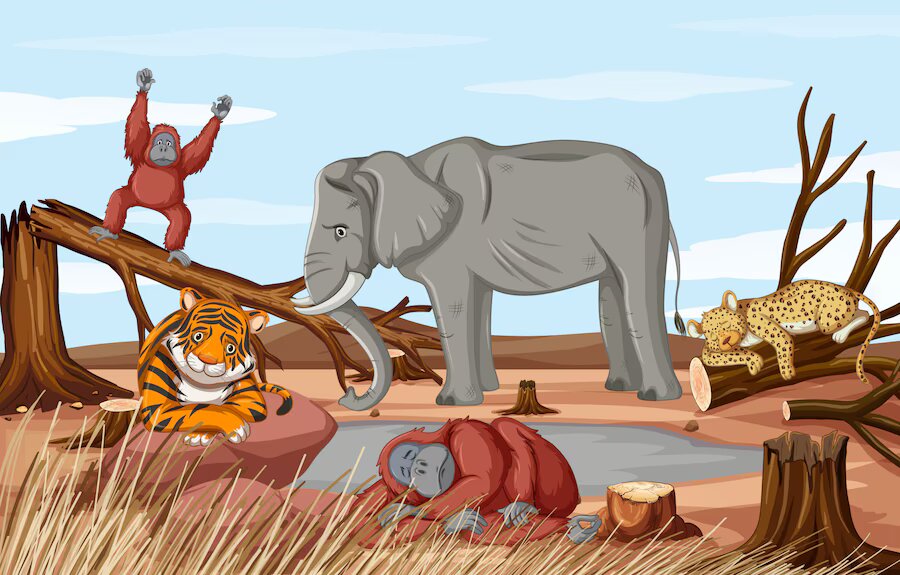
Success Story: The Gorongosa National Park
The Gorongosa National Park in Mozambique, southern Africa, is a typical example of successful reforestation and wildlife conservation. Years of civil war destroyed the national park’s ecosystem, but efforts to restore it into a thriving wildlife sanctuary were successful through a combination of reforestation, community involvement, and sustainable tourism.
#4. Increased Greenhouse Gases
Deforestation contributes to greenhouse gas emissions as more trees release their stored carbon dioxide into the atmosphere when cut down. Thriving in nature, trees are natural air purifiers that ensure better air quality by absorbing carbon dioxide and releasing oxygen, which helps maintain air quality.
According to the World Wildlife Fund (WWF), deforestation accounted for about 7% of global carbon emissions in 2022. Increased greenhouse gas emissions act as a catalyst for climate change.
Innovative Solution to Reduce Emissions
- Carbon Offsetting: Protecting our planet should be a collective effort and responsibility for all. Individuals and companies can invest in carbon offset projects like reforestation or renewable energy as a sustainable way to compensate for their carbon footprint.
- Regenerative Agriculture: Regenerative agriculture is a unique approach that restores soil health and improves carbon sequestration. It reduces the need for deforestation-driven agriculture expansion.

#5. Soil Erosion
Deforested areas are prone to soil erosion due to the absence of trees, whose roots help stabilise the soil. Trees also protect the soil from destructive rain and wind. In deforested areas, the soil becomes loose and vulnerable to erosion, which can also lead to the loss of fertile topsoil.
Soil erosion can be devastating, affecting water quality and aquatic ecosystems.
Techniques to Combat Soil Erosion
- Terracing: This agricultural technique involves creating stepped levels on slopes to reduce soil erosion and increase water retention.
- Cover Cropping: Legumes and grass are types of cover crops to plant that can prevent soil erosion and improve soil health.
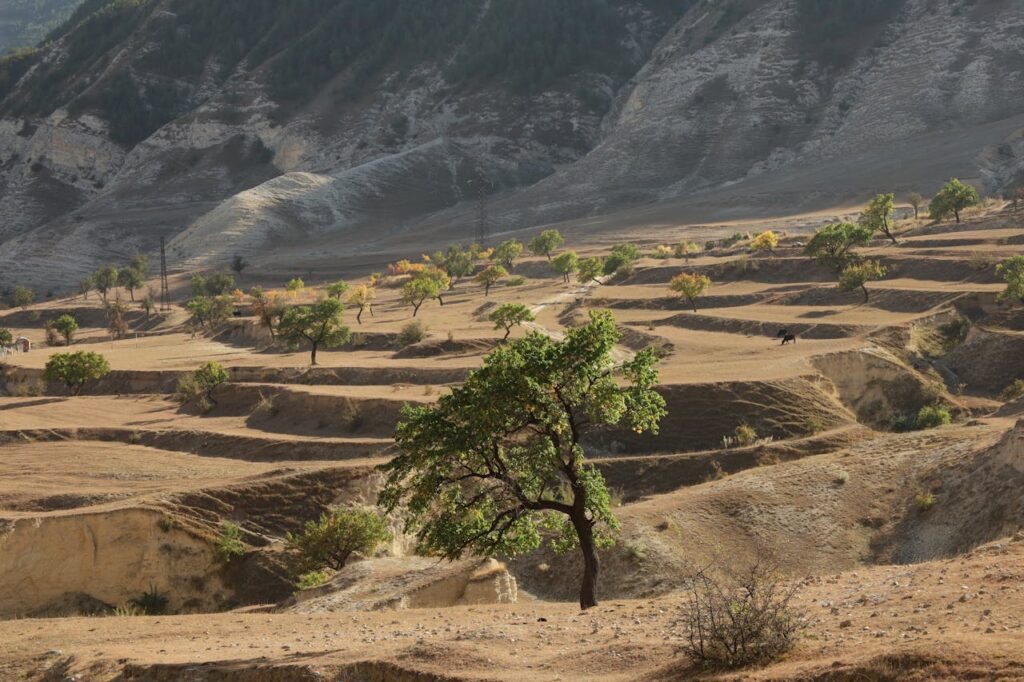
#6. Displaced Locals
Many indigenous communities living in isolation still rely on forests for shelter, food, and resources to survive. These communities are mostly found in the Amazon rainforest, a region where millions of hectares have been destroyed in recent years. Deforestation is shrinking their territories at an alarming rate.
According to the International Union for Conservation of Nature (IUCN), an estimated 25% of the world’s population relies on natural resources from forests. Deforestation is forcing indigenous communities around the world to relocate to areas with fewer resources. Displaced Indigenous communities are at risk of losing traditional sustainable knowledge and practices that have lasted for generations.
Empowering Indigenous Communities
- Land Rights: Securing land rights for indigenous communities is an effective way to protect natural forests and preserve cultural heritage that has existed for generations. Government and NGOs must collaborate to enforce these rights.
- Community-Based Conservation: Empowering Indigenous communities to protect forests they are already familiar with is an effective conservation effort.

Learn More: How Does Industrial Agriculture Promote Farming Techniques that are Ecologically Destructive?
#7. Deforestation Affects Biodiversity
Biodiversity refers to the variety of species—it encompasses ecosystems, species and genetic variations. Deforestation poses a significant threat to biodiversity.
Once a natural forest is destroyed, the intricate web of life within the area is disrupted. Wildlife species that rely on specific habitats or food sources may not survive outside their natural habitat. This leads to a decline in biodiversity, and without conservation efforts, the environmental consequences could be severe.
Global Initiatives for Biodiversity Conservation
- The Convention on Biological Diversity (CBD): This is an international treaty that aims to conserve biodiversity, promote sustainable use of natural resources, and ensure the fair sharing of benefits from genetic resources.
- The 30X30 Initiative: This is a global campaign that seeks to protect 30% of our planet’s land and ocean by 2030, focused on preserving biodiversity and mitigating climate change.
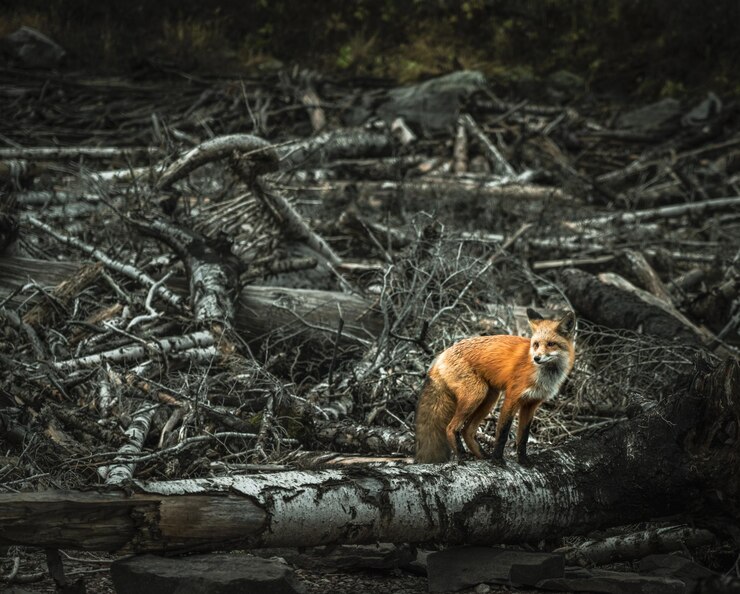
#8. Disruption of the Water Cycle
Trees also play a crucial role in regulating the water cycle by absorbing and releasing water through transpiration. For example, the Amazon rainforest is vital in regulating global water cycles. Trees in this vast region release moisture into the air, creating an atmospheric river that influences global weather patterns.
However, deforestation disrupts this process, as is evident in recent changes in weather patterns. Long-lasting droughts and changes in rainfall patterns affect food production, drinking water supplies, and the health of ecosystems.
Innovative Water Conservation Strategies
- Rainwater Harvesting: This is a sustainable water collection process to store for later use. Installing rainwater harvesting systems conserves water and ensures its efficient use in sustainable agriculture practices.
- Reforestation for Water Management: Reforesting degraded lands, especially in watersheds, can be effective in restoring natural water cycles and minimising the risk of drought and floods.

#9. Flooding
Trees help in preventing flooding and soil erosion. Naturally, trees stabilise the soil with their root—in their absence, the soil will be unable to absorb water properly, increasing the chance of flooding. Planting trees is environmentally important, especially in areas with heavy rainfall. The Amazon rainforest is an example of a region with heavy rainfall where deforestation can be devastating for ecosystems.
Nature-Based Solutions to Prevent Flooding
- Riparian Buffers: Strategic planting can reduce the risk of flooding. Planting trees and vegetation near rivers and streams helps stabilise the soil, reducing the risk of flooding.
- Wetland Restoration: Another way to prevent flooding is by restoring wetlands, which act as sponges to absorb excess water and minimise the risk of flooding.
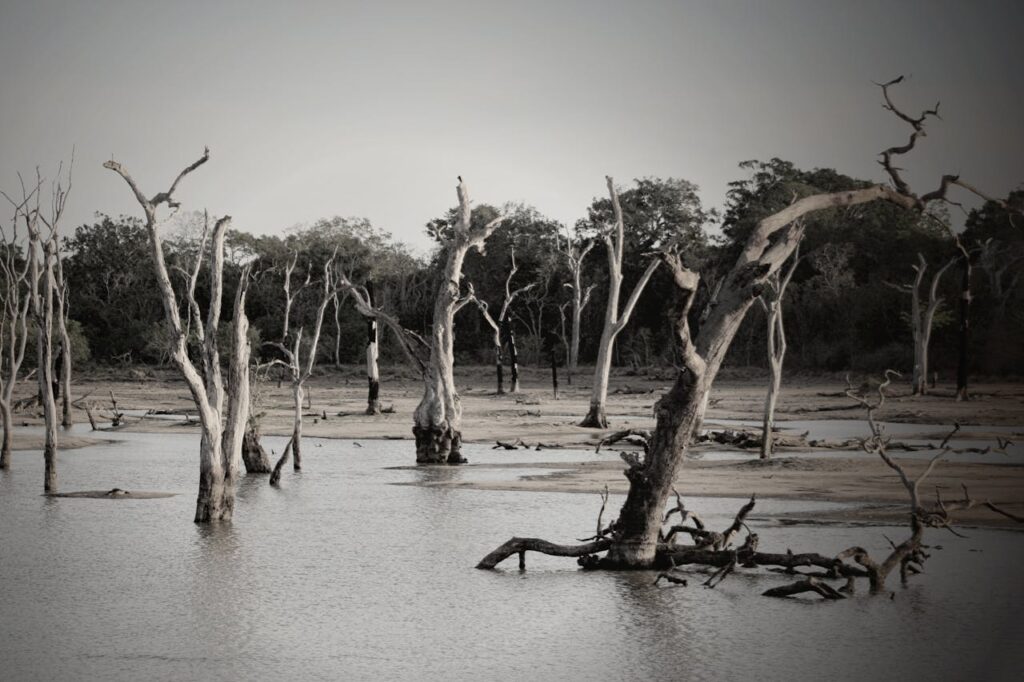
#10. Food Insecurity
An increased global population is one of the factors impacting the environment. As the world’s population increases, so does the demand for food. The search for fertile land for agriculture has led farmers to explore forested areas. While farming in these new areas can boost food production, it can force certain species to near extinction.
Deforestation for agricultural gain will have severe environmental consequences in the long run.
Sustainable Agricultural Practices
- Agroforestry: This involves integrating trees into agricultural systems—a sustainable farming practice that enhances biodiversity, improves soil health, and increases crop yield.
- Permaculture: This approach to agriculture mimics natural patterns found in a surrounding ecosystem, enhancing the land’s resiliency and biodiversity.
Conclusion: Moving Forward with Hope and Action
Deforestation is devastating to the natural environment—it contributes to climate change, loss of natural habitats, and biodiversity, flooding, soil erosion, and the displacement of indigenous communities. The environmental impact of deforestation is huge. However, there is hope with the government, NGOs, and global initiatives and campaigns prioritising conservation efforts.
Call to Action
- Support Reforestation Projects: Get involved by supporting or volunteering with organisations dedicated to reforestation and conservation efforts.
- Advocate for Policy Change: Encourage governments to enforce strict environmental laws to protect natural forests.
- Adopt Sustainable Practices: Prioritise sustainability by adopting an eco-friendly lifestyle. Reduce your meat consumption and advocate for conservation efforts to protect natural forests.

